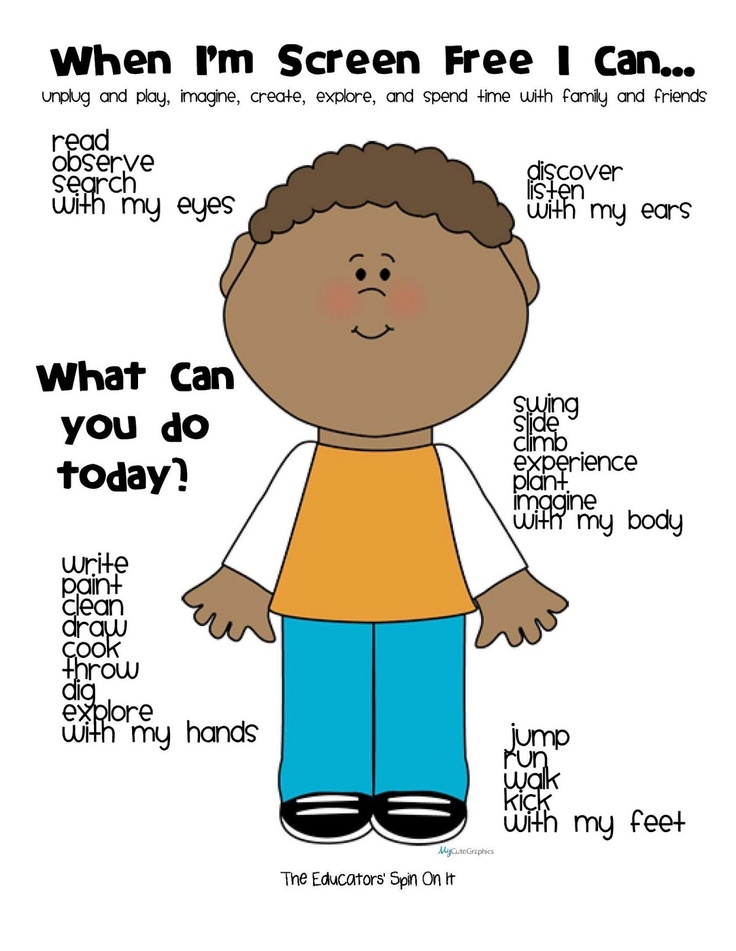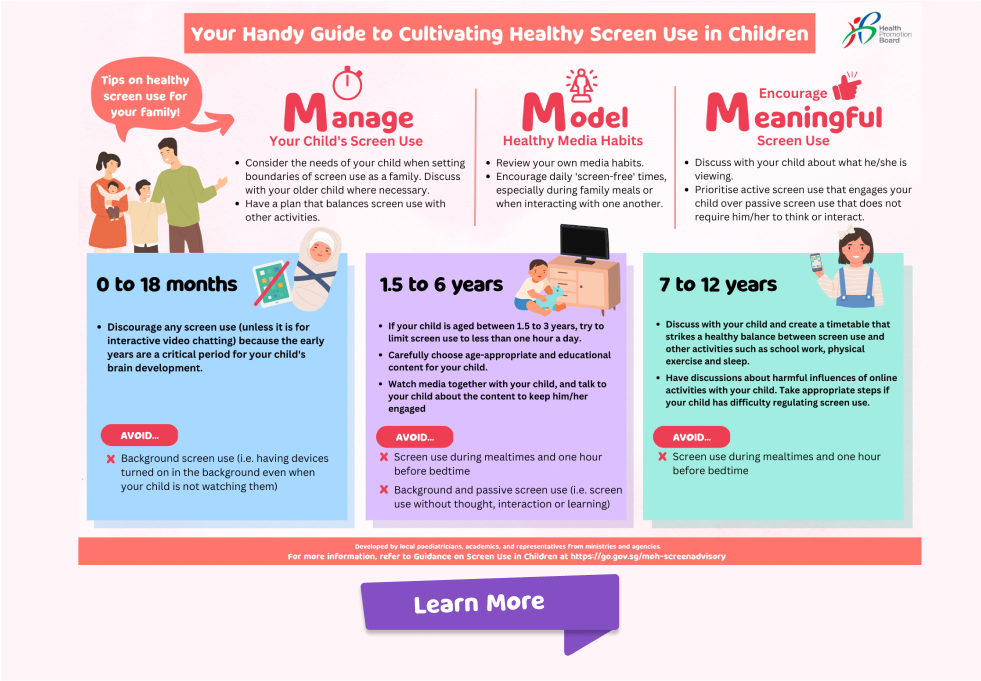In today’s digital age, screens are everywhere—from tablets and smartphones to TVs and computers. As parents, it can be challenging to find the right balance between allowing our kids to enjoy technology and ensuring they engage in other important activities. Here are some practical tips to help you navigate screen time effectively.

1. Set Clear Limits
Establishing boundaries around screen time is essential. The American Academy of Pediatrics recommends that children aged 2 to 5 should have no more than one hour of high-quality programming each day. For older kids, it’s important to discuss and agree on daily limits that work for your family. What limits have you found effective?

2. Choose Quality Content
Not all screen time is created equal! Opt for educational shows, apps, and games that promote learning and creativity. Look for content that aligns with your family values and encourages critical thinking. Websites like Common Sense Media can help you find age-appropriate recommendations. Have you discovered any hidden gems that your kids love?

3. Create Tech-Free Zones
Designate certain areas of your home, like the dining room or bedrooms, as tech-free zones. This encourages family interaction during meals and promotes better sleep habits by reducing screen exposure before bedtime. Imagine the conversations you could have without screens—what stories would you share?

4. Encourage Active Participation
When your kids are using screens, try to engage with them. Watch shows together, play games, or discuss what they’re learning. This not only makes screen time more interactive but also allows you to monitor content and reinforce positive messages. What’s your favorite show to watch together?
5. Model Healthy Habits
Children often mimic their parents’ behaviors. Show them how to use screens responsibly by limiting your own screen time and prioritizing face-to-face interactions. Share your own experiences with technology and discuss the importance of balance. How do you practice what you preach?
6. Promote Alternative Activities
Encourage your kids to explore hobbies that don’t involve screens. Whether it’s reading, playing outside, or engaging in arts and crafts, providing a variety of options can help them develop a well-rounded set of interests. What activities do your kids enjoy that keep them off screens?
7. Be Flexible and Adapt
Every family is different, and what works for one may not work for another. Be open to adjusting your screen time rules as your children grow and their needs change. Regularly check in with your kids about their screen time and how they feel about it. How do you involve your kids in these discussions?

Conclusion
Navigating screen time can be a balancing act, but with clear guidelines and open communication, you can help your children develop a healthy relationship with technology. Remember, it’s all about finding what works best for your family while ensuring that screen time is a positive experience. What strategies have you found most helpful?
0 Comments